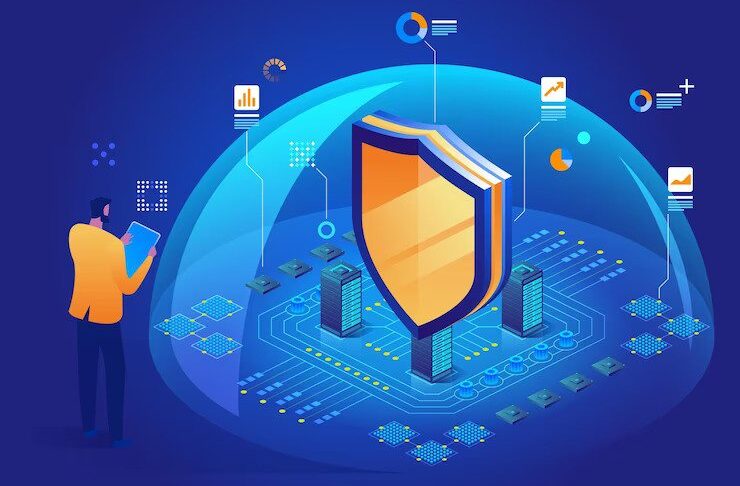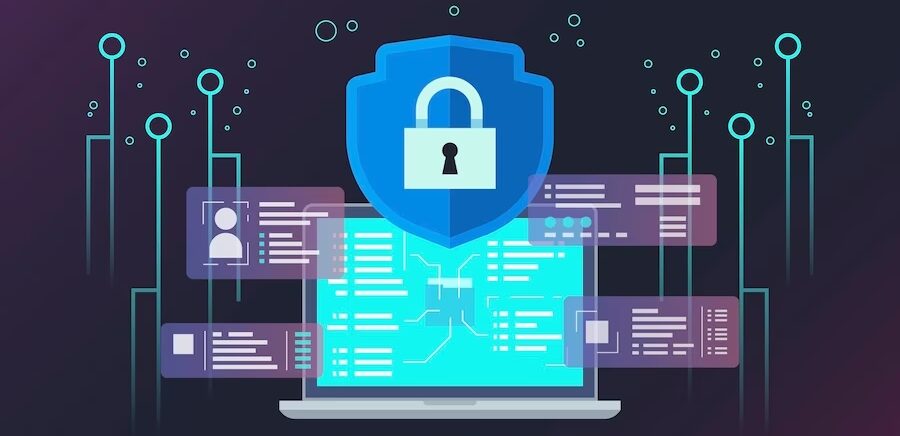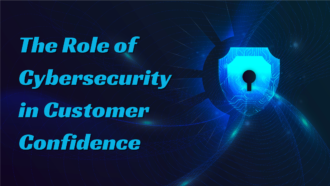6 Steps to Building a Strong Cybersecurity Strategy for Your Business
- 1 Building a Strong Cybersecurity Strategy
- 1.1 1. Assessing Your Current Cybersecurity Situation
- 1.2 2. Training and Awareness for Employees
- 1.3 3. Developing a Comprehensive Cybersecurity Plan
- 1.4 4. Implementing Strong Security Policies and Procedures
- 1.5 5. Investing in the Right Cybersecurity Technologies
- 1.6 6. Regularly Updating and Reviewing Your Cybersecurity Strategy
- 2 Conclusion
In an era where digital threats loom large, the need for a robust cybersecurity strategy in business has never been more pressing. Cyber attacks are becoming increasingly sophisticated, targeting companies of all sizes and across industries. These security breaches can lead to significant financial losses, damage to reputation, and legal complications. Thus, companies must adopt a proactive stance in protecting their digital assets.
Building a Strong Cybersecurity Strategy
This article outlines six essential steps to building a solid cybersecurity strategy, ensuring that your business remains resilient against the ever-evolving landscape of cyber threats.
1. Assessing Your Current Cybersecurity Situation
The foundation of a robust cybersecurity strategy is a thorough understanding of your current security posture. Begin by conducting a comprehensive risk assessment to identify potential vulnerabilities within your system. This involves evaluating your network, applications, and data processes to pinpoint areas susceptible to cyber attacks.
Regular security audits are a vital part of this assessment. These audits should review all your security policies, management practices, and control mechanisms. They help identify outdated practices or overlooked areas that could become potential entry points for cybercriminals.
2. Training and Awareness for Employees
Often, the weakest link in cybersecurity is not the technology but the people using it. Employees need to be educated and vigilant to prevent security breaches. Regular training sessions on cybersecurity best practices are essential. These should cover identifying phishing emails, safe browsing habits, and secure password practices.
It’s also beneficial to encourage employees to seek further education in cybersecurity. For instance, enrolling in programs like an MBA in cyber security can give them a deeper understanding of the complexities involved in cyber threats and the strategies to mitigate them. This advanced knowledge can be invaluable in identifying potential security risks and responding appropriately.
3. Developing a Comprehensive Cybersecurity Plan
Once you understand your current security status and your team is educated and alert, the next step is developing a comprehensive cybersecurity plan. This plan should outline your approach to protecting your digital business and include strategies for prevention, detection, and response to potential cyber threats.
Your cybersecurity plan must be tailored to your business’s needs and characteristics. It should detail the security measures to be implemented, such as firewalls, antivirus software, and intrusion detection systems. Additionally, the plan should establish protocols for responding to different types of cyber incidents.
4. Implementing Strong Security Policies and Procedures
A robust cybersecurity strategy starts with deeply understanding your organization’s security. It begins with a comprehensive risk assessment to uncover potential vulnerabilities within your system. This crucial step involves a detailed evaluation of your network, applications, and data processes to identify areas vulnerable to cyberattacks. In this context, application security as a service proves invaluable. It provides automated scanning for vulnerabilities and weaknesses in your applications, ensuring continuous monitoring and offering immediate insights into potential security threats.
Regular security audits must be established, an essential component of this assessment process. Such audits thoroughly review all security policies, management practices, and control mechanisms. They are crucial to identifying outdated practices or overlooked areas that could serve as entry points for cybercriminals, thus reinforcing your organization’s component of a robust cybersecurity strategy, which is the implementation of solid security policies and procedures. These policies serve as a framework for your organization’s employee guidelines. Start by drafting comprehensive policies that address key areas such as password management, data encryption, network access, and using personal devices for work purposes.
Once these policies are in place, ensure they are understood and consistently adopted. This requires regular training and reinforcement. Additionally, a process for regularly updating these policies to adapt to new threats and technological changes must be established.
5. Investing in the Right Cybersecurity Technologies
Investing in the right technology is essential for an effective cybersecurity strategy. With the landscape of cyber threats constantly evolving, staying ahead with the latest security technologies is necessary. These include antivirus software, encryption tools, and intrusion detection systems, the first defence against cyberattacks.
However, simply having these technologies is not enough. You need to ensure they are regularly updated and properly managed. This may involve training your IT team or hiring specialists who can effectively manage and monitor these systems. It’s also worth loitering automated security solutions, which can provide continuous surveillance and rapid response capabilities.
6. Regularly Updating and Reviewing Your Cybersecurity Strategy
Cybersecurity is not a set-and-forget endeavour; it requires ongoing attention and adaptation. Regularly updating and reviewing your cybersecurity strategy is crucial to ensure it remains effective against the latest cyber threats. This involves staying informed about new threats and trends in the cybersecurity world.
Schedule periodic reviews of your cybersecurity strategy to assess its effectiveness and identify areas for improvement. This should include reviewing recent security incidents and lessons learned from them. Testing your security measures through penetration testing and vulnerability assessments is also essential.
Conclusion
In today’s digital economy, cybersecurity strategy is not just a technical necessity but a fundamental component of business integrity and sustainability. By assessing your current cybersecurity posture, training and raising awareness among employees, developing a comprehensive plan, implementing solid policies and procedures, investing in the right technology, and regularly updating your strategy, you create a dynamic defence system against cyber threats.




















